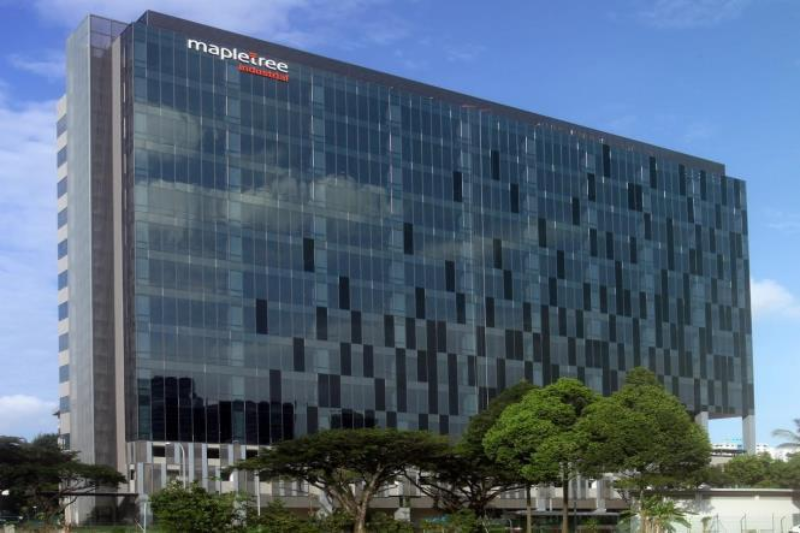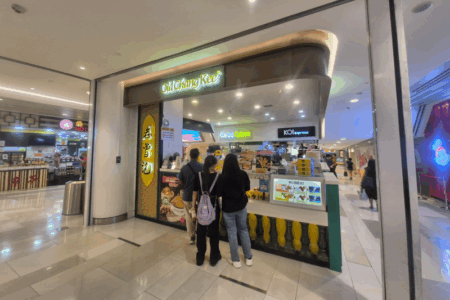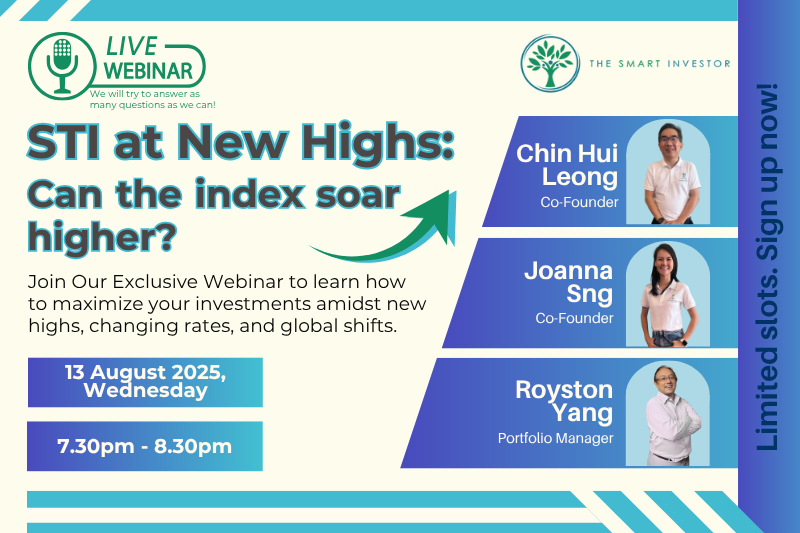The allure of quarterly dividend payouts is one of the key reasons why investors purchase REITs.
However, in today’s challenging environment, stability is no longer sufficient.
The best REITs raise their distributions over time, helping investors preserve their purchasing power and harness the compounding power of long-term wealth growth.
We highlight three Singapore REITs that have increased their distributions consistently over time.
Parkway Life REIT (SGX: C2PU)
Parkway Life REIT (PLife) offers one of the most defensive and reliable growth profiles among the listed trusts.
Total assets under management (AUM) stood at S$2.46 billion as of 30 June 2025, a 10.3% year-on-year (YoY) increase.
In 1H2025, gross revenue grew by 8.1% to S$78.3 million, and net property income (NPI) grew by 8% YoY to S$73.8 million.
With a focus on core healthcare infrastructure. supported by current demographic trends, the REIT’s portfolio comprises three hospitals in Singapore, 60 nursing homes in Japan and 11 nursing homes in France.
The strong lease structure, with generally incorporated periodic rental escalation provisions that create organic revenue growth over the long term, is the primary driver of stability.
PLife has delivered steady distributions per unit (DPUs) growth since its 2007 Initial Public Offering (IPO), making the REIT a reliable source of defensive income.
Leveraged at only 35.4% gearing and with an all-in cost of debt of just 1.50%, PLife also boasts a conservative financial position, giving it substantial financial flexibility.
The trust is well-positioned for its next accretive phase of long-term growth, which has facilitated proactive expansion, such as the recent €112 million purchase of 11 French nursing homes.
CapitaLand Integrated Commercial Trust (SGX: C38U)
With an impressive portfolio of Grade A office space in the Central Business District and popular shopping malls, CapitaLand Integrated Commercial Trust, or CICT, has the benefit of its scale, diversified tenant pool, and market leadership.
As of 30 June 2025, the occupancy rate stood at a high level of 96.3% during the recovery of retail and office traffic.
In 1H 2025, CICT reported gross revenue of S$787.6 million and net property income of S$579.9 million, with the addition of ION Orchard contributing to the trust’s income resilience.
It continues to deliver stable rental growth, achieving positive rent reversions of 4.8% for offices and 7.7% for retail in 1H 2025.
With this robust performance, a 3.5% YoY DPU growth to S$0.0562 in 1H2025 was achieved.
The REIT’s properties were valued at S$26 billion as of 31 December 2024.
The trust sports a decent gearing level of approximately 37.9% (as at 30 June 2025).
However, material risks include exposure to consumer consumption cycles as well as the risk of increasing funding costs following interest rate increases.
With approximately 81% of total borrowings on fixed interest rates, the trust is well-positioned to manage interest rate volatility.
CICT is a blue-chip REIT with scale and reliability potential, with upside for further growth in payouts through targeted asset improvement and acquisition.
Mapletree Industrial Trust (SGX: ME8U)
Mapletree Industrial Trust (MIT) is an industrial and data centre REIT with assets in Singapore and North America, a potential growth play on the digital economy.
Its key positives include high exposure to data centres, a solid structural growth driver, and robust financials, including an interest coverage ratio (ICR) of 3.9x and an aggregate leverage of around 40.1%.
However, the REIT has short-term concerns, mainly a 4.7% YoY DPU decline to S$0.0327 for the first quarter of the fiscal year ending 31 March 2026 (1QFY25/26) from lower cash distribution declared by its joint venture and lack of divestment gains.
MIT reported gross revenue of S$175.9 million and net property income of S$133.6 million for the quarter, reflecting steady performance from its Singapore and Japan portfolios despite North American headwinds.
It also carries risks in the form of relatively higher gearing from past cross-border acquisitions and declining North American occupancy levels, along with currency headwinds due to a weakening USD.
Despite all these pressures, MIT’s proactive asset management and 8.2% Singapore rental reversion are the cornerstones of the conclusion that it is a REIT that can support payout growth in the long term.
Get Smart: A Three-Pillar Strategy for Yield
While we take a closer look at the various profiles of these three heavyweights, we see that income investing does not have to mean constant dividends.
The three REITs demonstrate a convincing three-pillar strategy for long-term dividend expansion.
Parkway Life REIT is the defensive anchor, making consistent, unyielding distributions on the back of its strong, healthcare-related assets.
CICT offers blue-chip stability and portfolio strength from its sheer scale and prime, integrated commercial properties.
MIT is the growth driver, providing the necessary exposure to the structural tailwinds of the digital economy through its data centre and industrial properties.
Together, the trio offer a balanced and attractive package of safety, stability, and growth, comprising a strong, multi-dimensional formula for long-term dividend investing.
How do rich Singaporeans invest when volatility hits?
They turn to companies with cash, history, and discipline. This free report highlights 5 blue chips that deserve your attention. Get your copy here and see who made the list.
Follow us on Facebook, Instagram and Telegram for the latest investing news and analyses!
Disclosure: Darien does not own shares in any of the companies mentioned.






